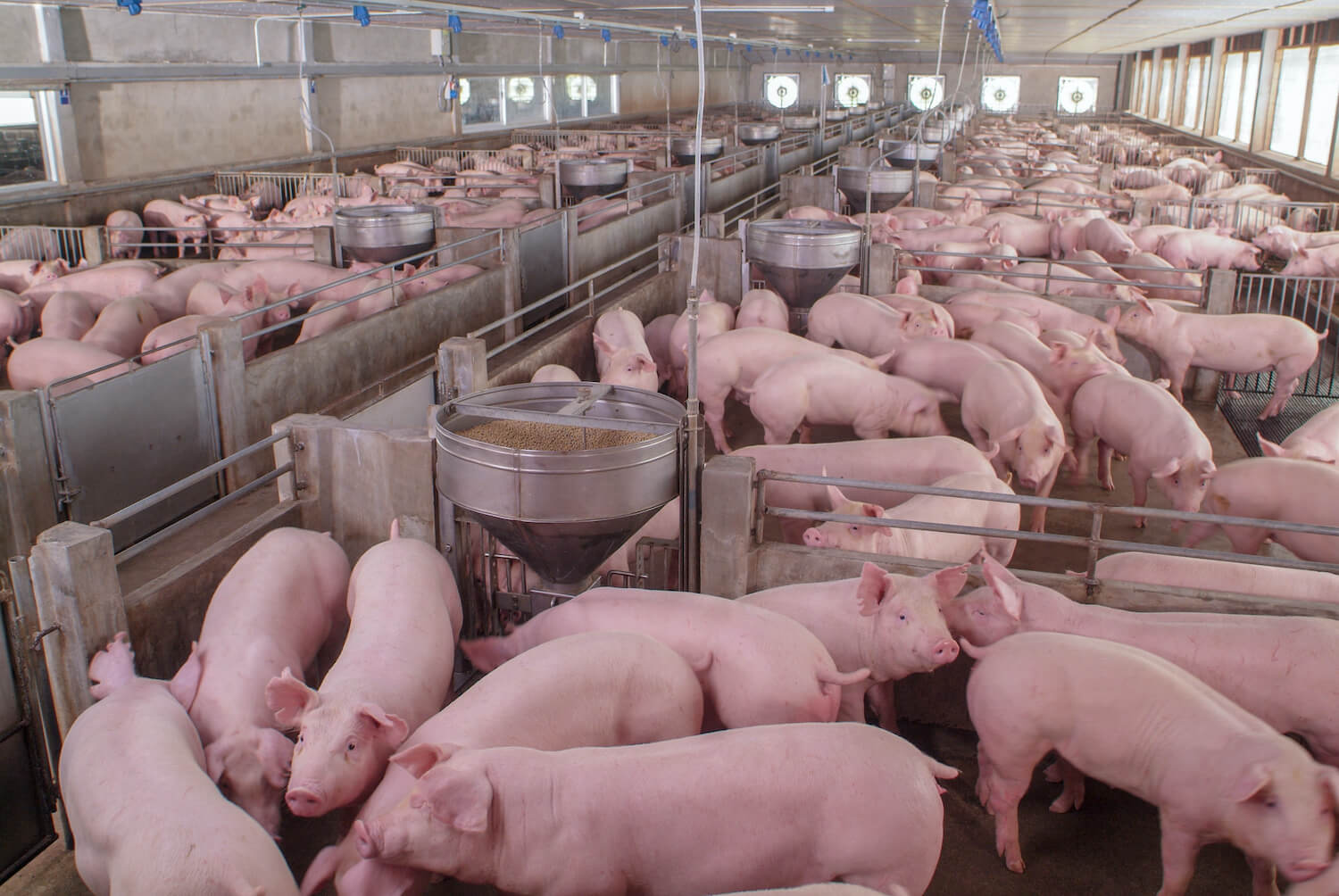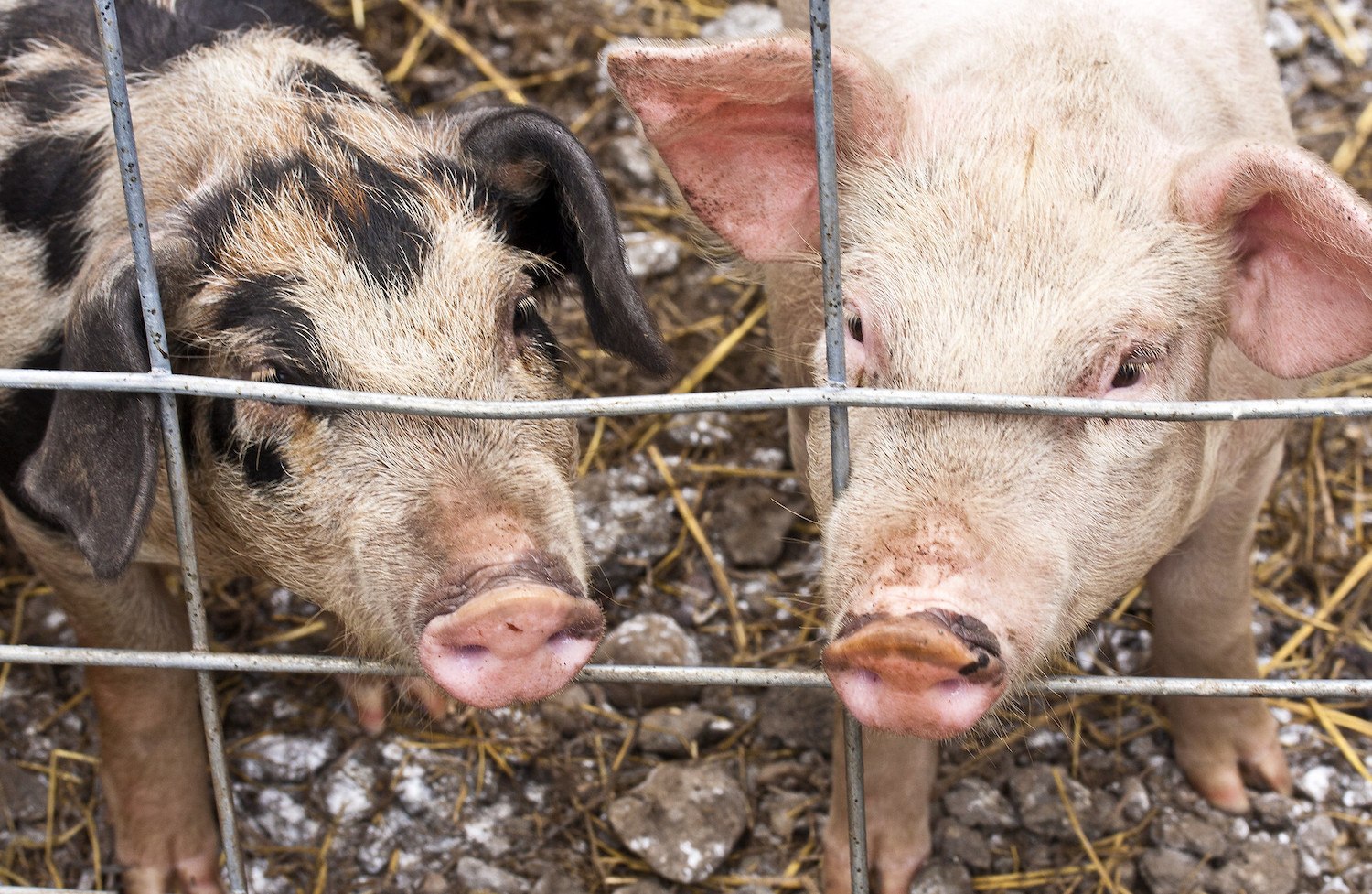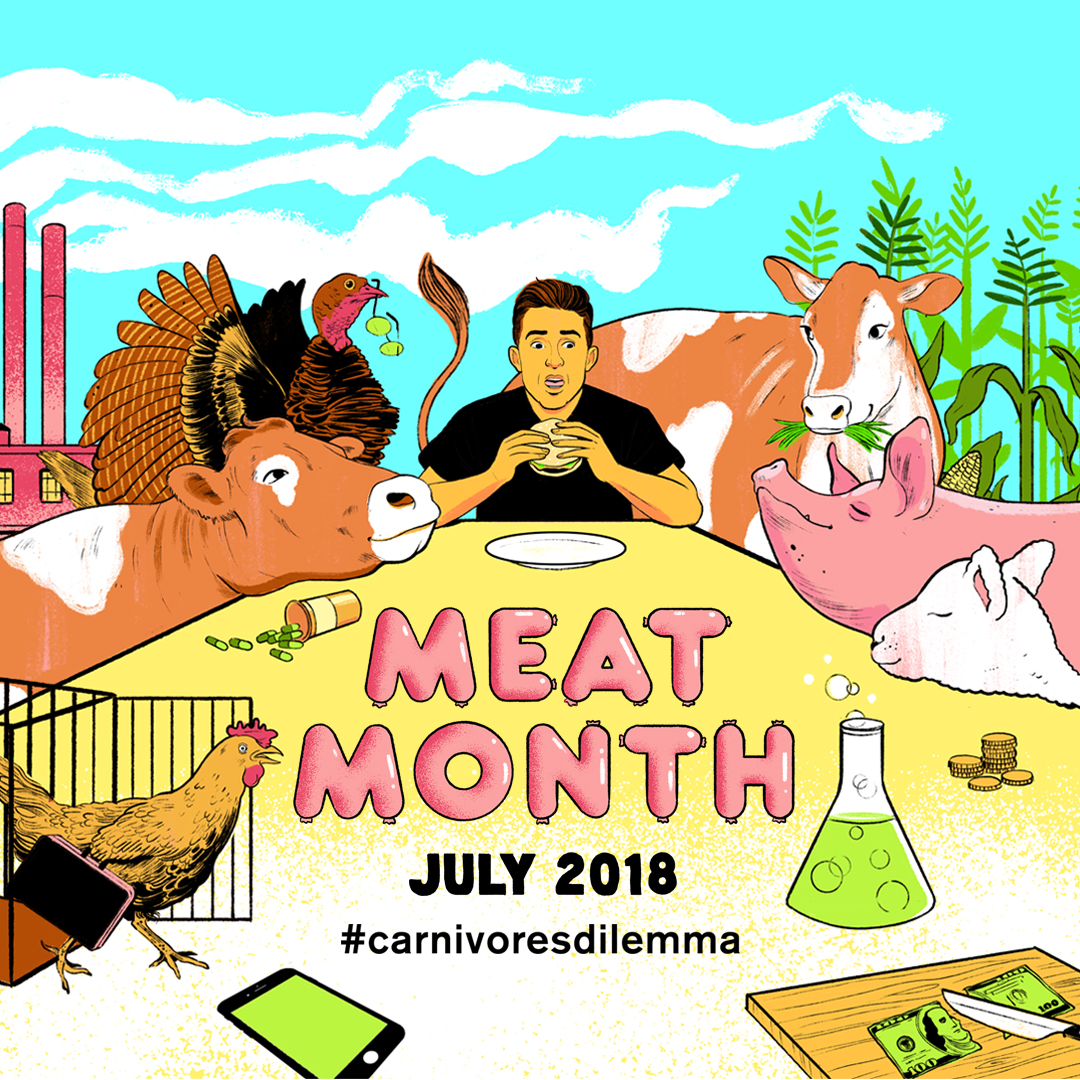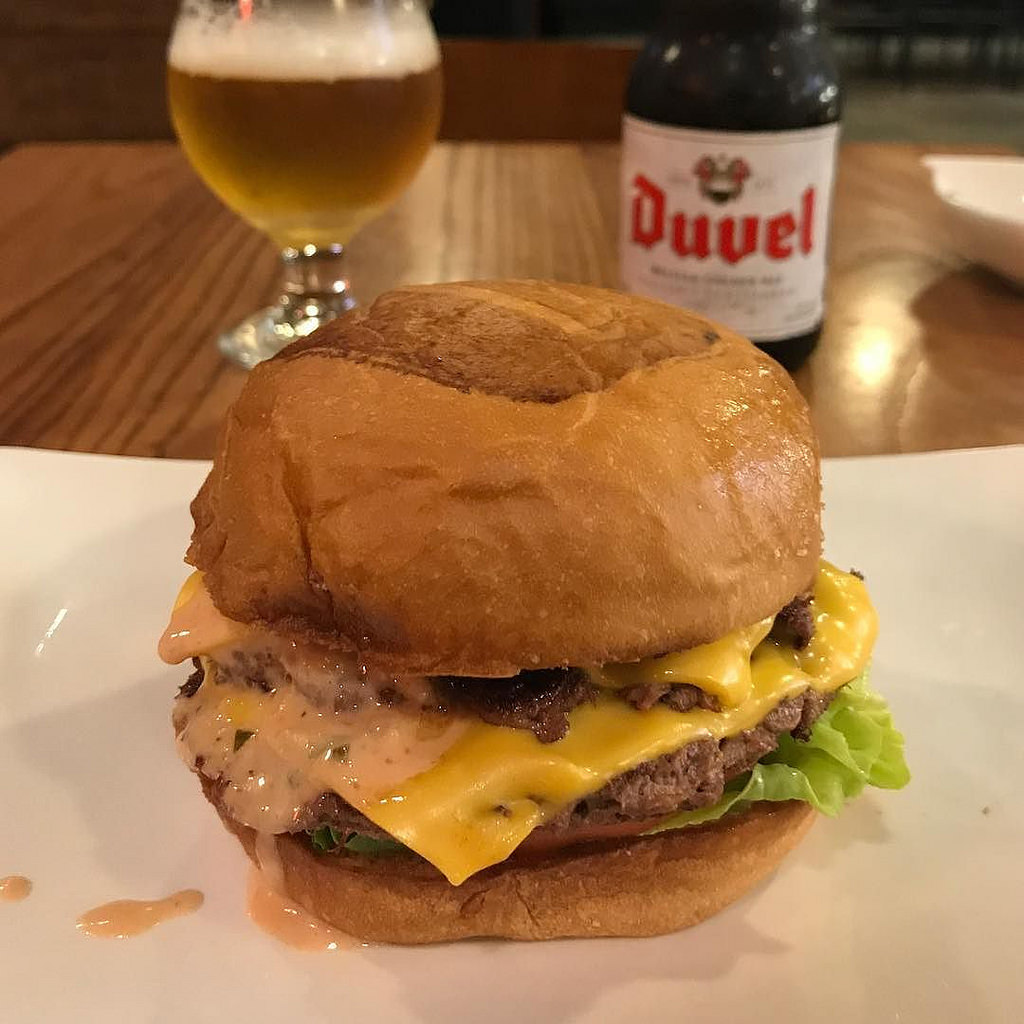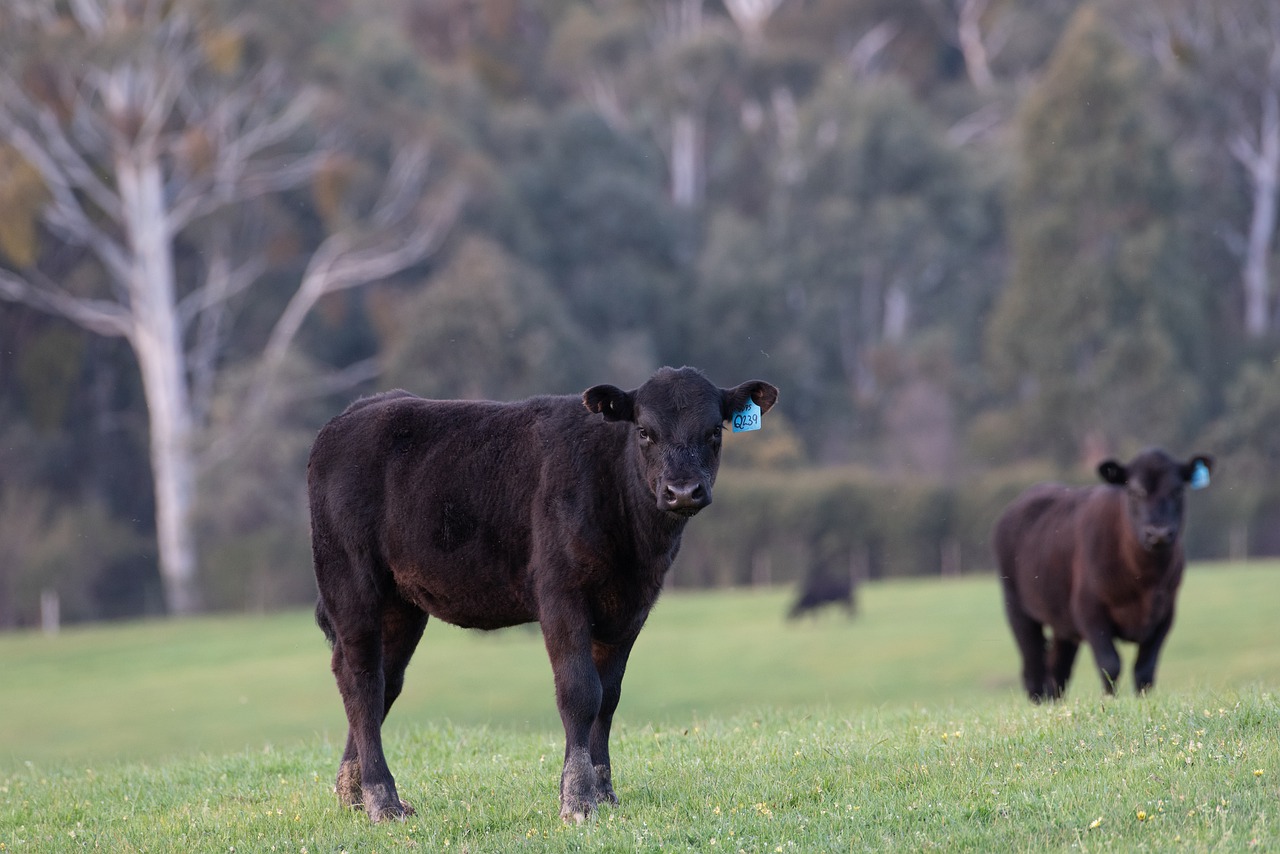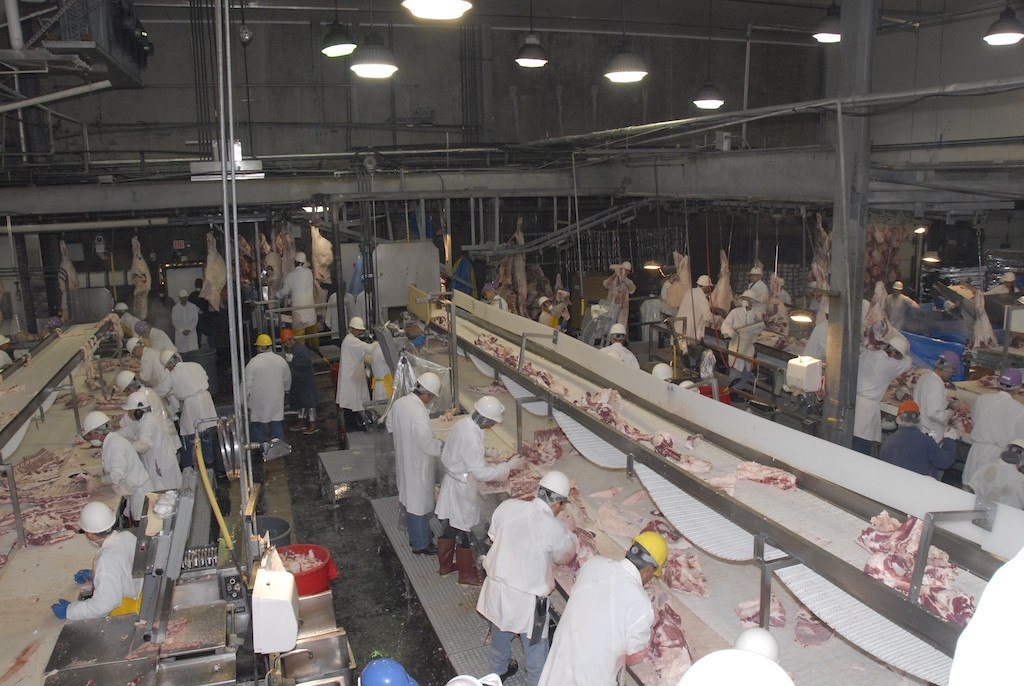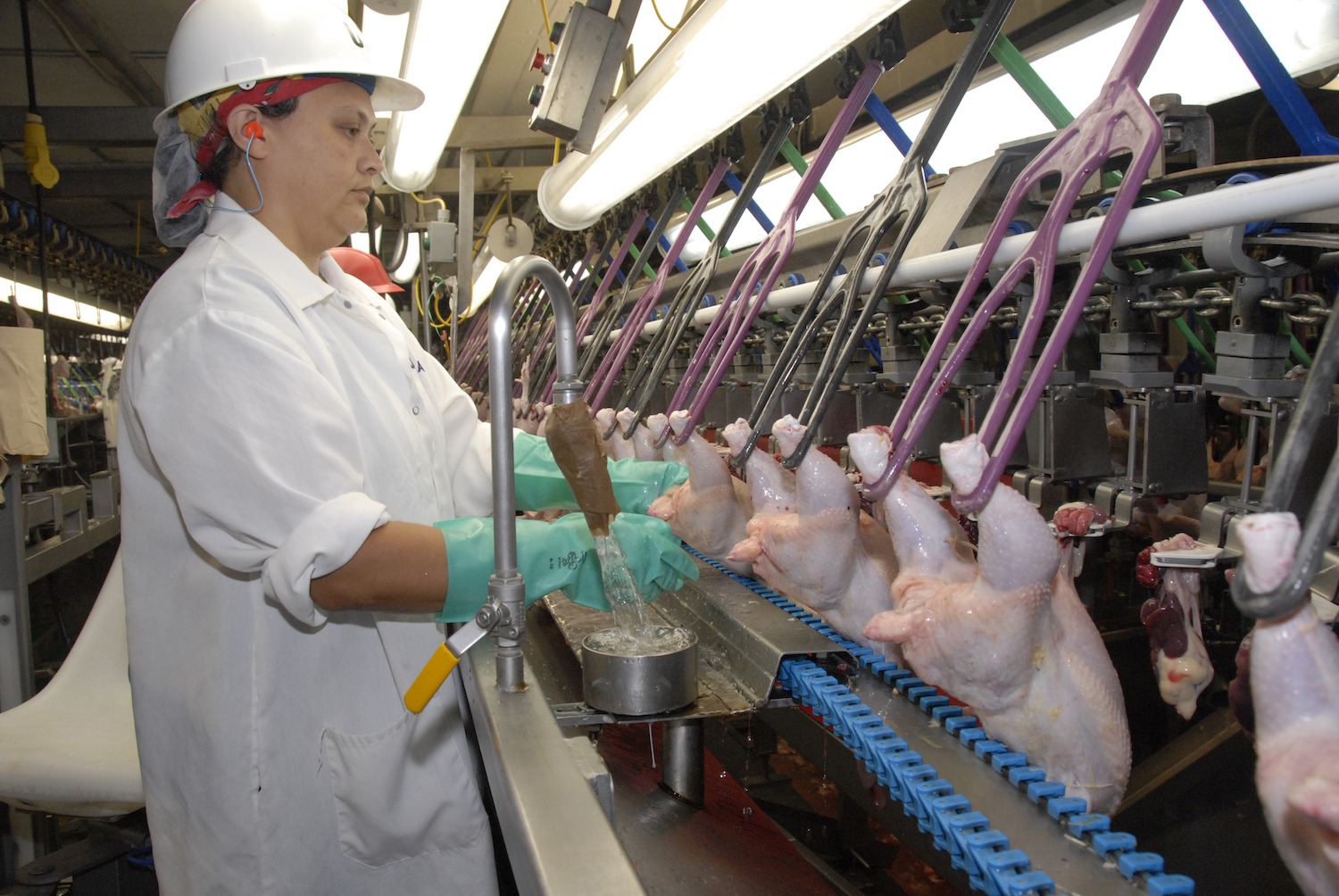Animals that grow past target weight quickly become unsellable. Livestock nutritionists are trying everything—low-calorie, low-protein, even high-fiber diets—to slow growth and buy time until plants reopen.
Since graduating with his PhD and starting work as an animal nutritionist, Bart Borg’s work has primarily revolved around one goal: helping animals grow as big as they can, as fast as they can, for as little cost as possible.
Then the pandemic hit.
When processing plants across the nation began closing or reducing capacity in response to outbreaks of Covid-19 among workers, Borg initially began experimenting with the way he fed his own pigs at his family’s hog farm in Iowa. Within days, he was teaching the principles he learned to clients of Standard Nutrition Services, where he works as a nutrition consultant.
The idea is relatively straightforward: If he could slow the growth of the pigs he already had on his farm, he could delay, if only by a few weeks, the date on which they should be sold to a processing facility for slaughter. With luck, the delay might be just enough to avoid the backlog of hundreds of thousands of animals that have no place to go or are being euthanized because of current limits on processing capacity.
Simple as that may seem, this is new territory for Borg and other animal nutritionists who are being asked to put the animals they feed on diets. Borg estimated that over the last few weeks, nearly half of his clients have asked him to reverse-engineer the nutritional research to find a way to slow, rather than accelerate, the growth of their pigs, as the pandemic continues to wreak havoc on the meat industry.
“Normally we think about, how do we make them grow faster,” Borg says. “So the thought process was kind of unwinding those studies that say, here’s the optimum level, and looking back at the lower levels.”
There are several ways farmers can stop their animals from growing. They can simply reduce the availability of food, or make the animal work harder to get their food—though that could be inhumane. They can follow a similar pattern as most human diets, increasing the amount of fiber and decreasing the caloric value of the food. That way the animals feel full, but don’t gain weight as quickly. But fiber can be one of the most expensive parts of the animal’s diet, and it makes more … waste, which adds further costs for the farmer.
“Normally we think about, how do we make them grow faster. So the thought process was kind of unwinding those studies that say, here’s the optimum level, and looking back at the lower levels.”
Borg says he’s had good success trying another method with his own pigs: putting the animals on a low protein diet comprised almost entirely of corn.
This comes with drawbacks as well—the finished meat will be higher in fat and lower in protein—but for the time being, it seems to be getting the job done, he said.
“I had a conversation earlier today, that the groups we slowed down is ready now,” he said, “and we really want to turn their growth rate back on because they’re a little late, actually.”
Putting their animals on these so-called holding diets isn’t necessarily a cure-all; it’s a stop-gap. “Essentially we’re just buying time,” Borg said.
Processing capacity has begun to creep upward, but slowly. According to the USDA, 397,000 hogs were slaughtered on Tuesday, up from 361,000 last week. That’s still well below the 466,000 swine processed daily this time last year in the U.S.
Cattle are in a similar boat, with 452,000 slaughtered in the U.S. last week, compared to 662,000 this time last year.
With hundreds of thousands of unslaughtered animals backing up each week, backlogs could persist for weeks or months after meat processing plants return to full capacity, Borg said. And that may not happen for some time, with some plants indicating that the best they will get for the foreseeable future is 80 percent of their usual capacity, he said.
For pig farmers, the most time a low-calorie or low-protein diet can buy is a few weeks. Hogs normally grow to market-ready size in 160 days; a holding diet might add another 40.
Other livestock like chickens and cattle have varying flexibility. Chickens grow much faster, but poultry farmers have the option of breaking excess eggs and selling the liquid. Cattle, on the other hand, take years to mature, and putting them on a low-growth diet may delay harvest by as much as two to three months, according to David Lalman, a beef cattle extension specialist at Oklahoma State University.
Lalman said many cattle producers have opted to simply stop feeding their cattle supplements intended to accelerate their growth, hoping that the market for their animals will come back by the time they finally mature. These additives, coupled with the use of growth-promoting hormonal implants, can add 150 pounds to adult cattle.
“That would be another very logical response, is to hold the animals, even just a week or a month or two, until the plants are up and running.”
Earlier in the cycle, Lalman said ranchers may simply opt to let their cattle continue to graze in pastures—a high-fiber diet—rather than moving them into feed lots where they’re fed calorie-dense, grain-based diets.
“That would be another very logical response, is to hold the animals, even just a week or a month or two, until the plants are up and running,” he said.
But only time will tell whether these diets will be enough to curb the current backlog of livestock waiting to be sold, Lalman said. As cattle keep backing up, farmers continue to find themselves with fewer options.
“It’s a third of our production, for crying out loud,” Lalman said. “So it will take several months to bounce back. Even if we bounce back to full capacity, it will take a while to work through.”
The situation is even more dire for hog farmers, according to Borg, who face a larger backlog and less leeway for keeping adult animals on the farm. Pigs are usually raised indoors, he explains, which means space becomes an issue quickly as the animals mature. Some of his neighbor pig farmers have begun giving animals away to residents and businesses with the capacity to slaughter their own hog.
Travis Meteer, an extension educator at the University of Illinois, said he believes further innovation or supply chain reform may be necessary if the current backlog persists for more than six months. Putting animals on diets, he says, “is one strategy we can utilize, but it’s not something we can do indefinitely.”
